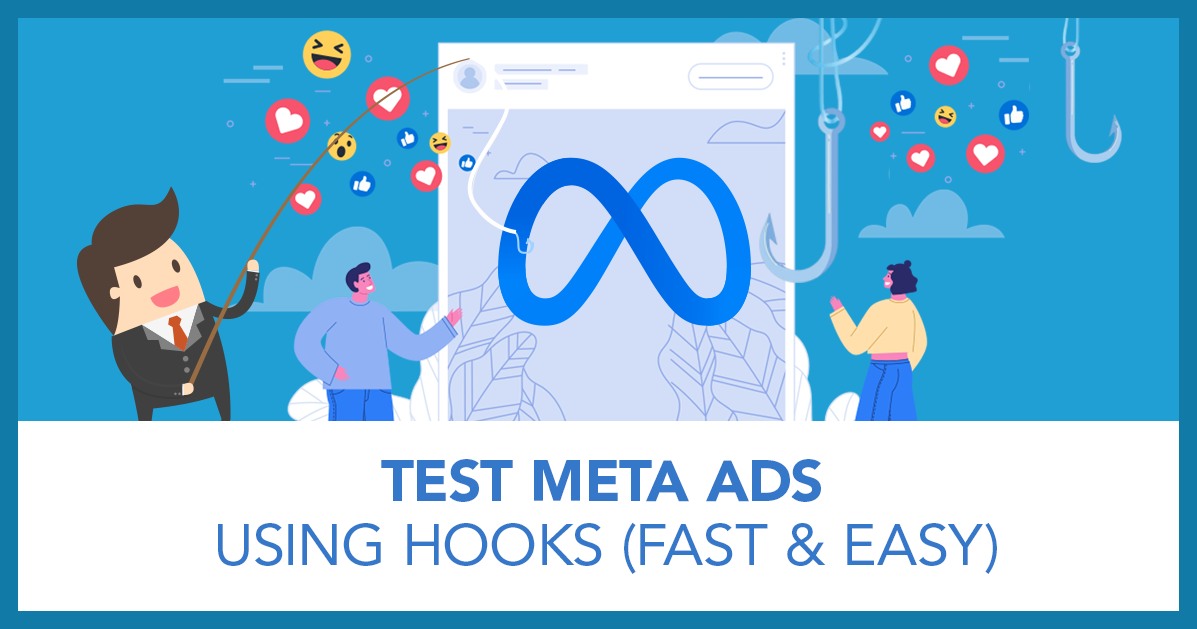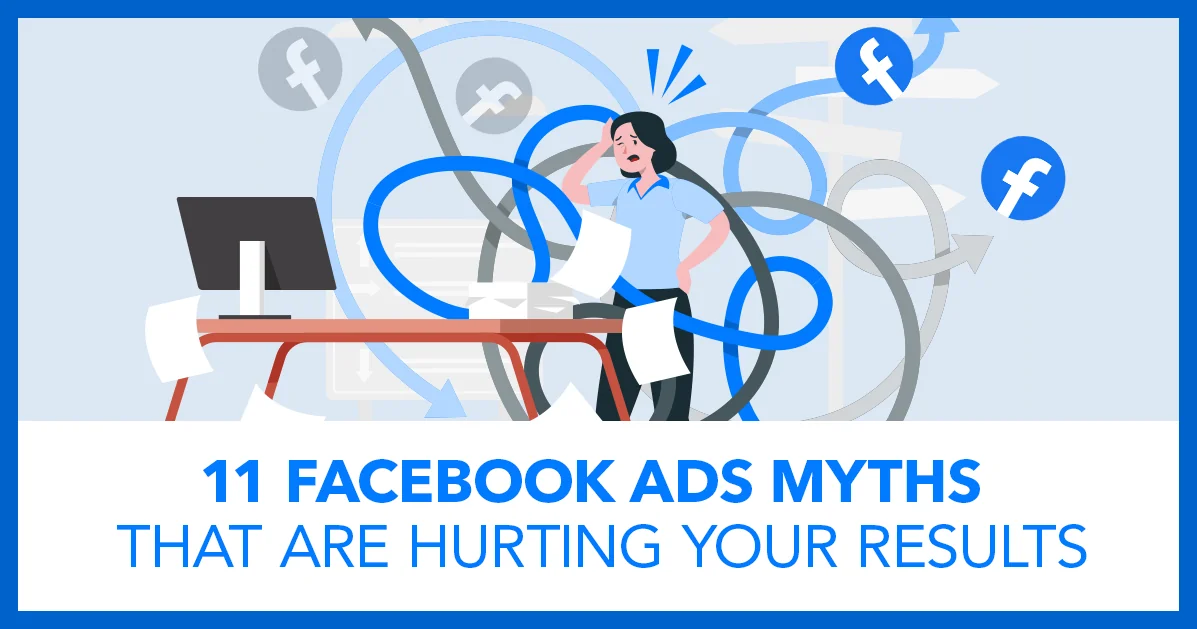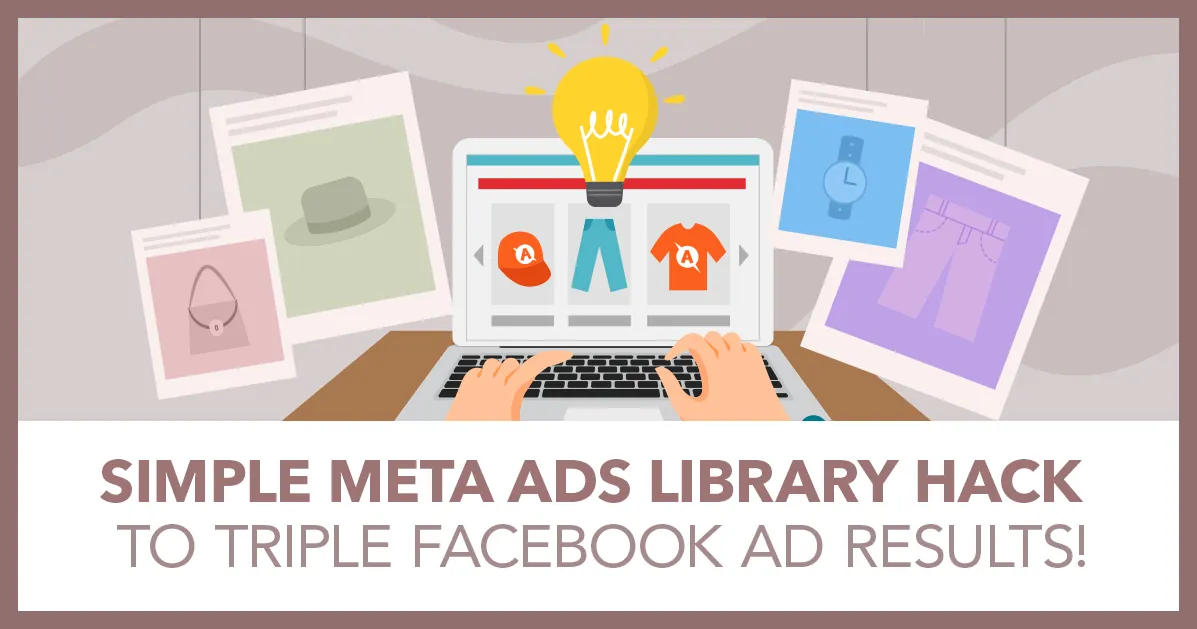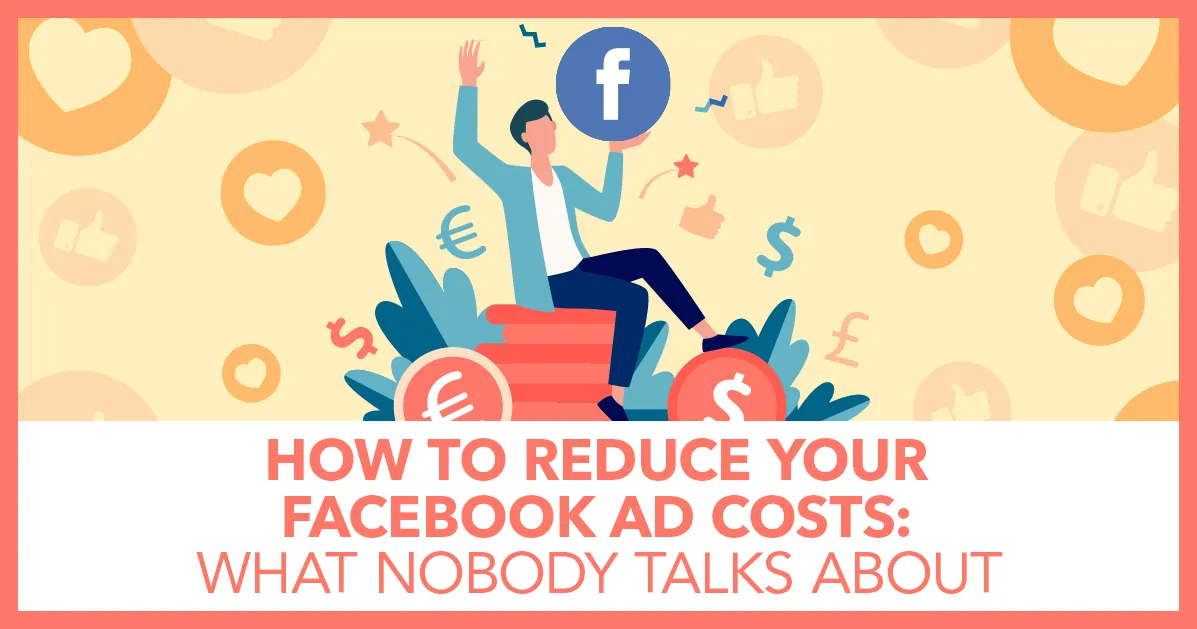
How to Reduce Your Facebook Ad Costs: What Nobody Talks About
If your Facebook ads are costing more than they should, you’re not alone. It happens to many business owners. The problem is that many advertisers unknowingly overpay to reach their audience. In this article, we’ll explore why some advertisers are charged more than others and, more importantly, how you can avoid these common mistakes to lower your costs and increase your ROI.
I’m going to go over something that nobody really talks about – your landing page – and tell you what Meta looks for and why.
Why Do Some Advertisers Pay More?
Meta uses a sophisticated algorithm to analyze not only your ads but also the destination you’re sending users to—your website, landing page, or any other post-click experience. If Meta detects issues with the quality of these experiences, you’ll be charged more to reach the same audience. Meta wants a quality experience for their users. And the landing page is part of that experience.
As I mentioned before the landing page experience is often overlooked by advertisers, but it’s critical to pay attention to if you want the lowest rates possible for your Meta ads.
It’s important to understand these factors so you can optimize both your ads and landing pages to avoid high costs.
Key Factors Impacting Ad Costs
Meta Support outlines several factors that can increase your ad costs. These include issues related to both your ads and the post-click experience. if your CPMs are really high, it’s probably because of this. Let’s break the reasons Meta doesn’t like something about your ad or the post click experience.
I’ll look at the ad quality stuff in a second, but I think where most advertisers go wrong is with the landing page experience, so I’m going to get into those details first.

1. Lack of substantive or original content

If Meta detects that your landing page has low-quality or unoriginal content, it will likely increase your costs. Simply copying content from competitors or providing a minimal amount of information can trigger this issue. For example, a page with just a picture of the product and a buy button isn’t going to be enough. Meta values original, substantive content that offers a good user experience. They are all about user experience, and low quality pages count against that.
Solution:
Ensure that your landing page provides detailed information about your product or service. Include unique features, benefits, and reasons why users should take action. Make sure that users have enough information to make an informed decision about your product. Original content is crucial, not only for Meta’s algorithm but also for conversions.
2. Disproportionate volume of ads relative to content

If your landing page contains a disproportionate number of ads relative to its content, Meta will penalize you. This primarily applies to websites that are overloaded with ads and provide little substance. This mostly happens in “ad arbitrage” sites where you have to click through many pages to get to the information you are lookin for.
Solution:
Keep the number of ads on your landing page to a minimum. Ensure that the focus remains on the product or service you’re promoting. This won’t affect many of the people that are reading this, but it’s still important to stay aware of.
3. Pop-up ads or interstitial ads

Popups that interrupt the user experience, such as newsletter signups or exit-intent popups, can be a major red flag. While these tactics may help you build a list, Meta sees them as disruptive.
Solution:
Consider whether the benefit of using popups outweighs the potential increase in ad costs. If popups are essential to your strategy, then use them, but be aware of the potential cost in increased CPMs.
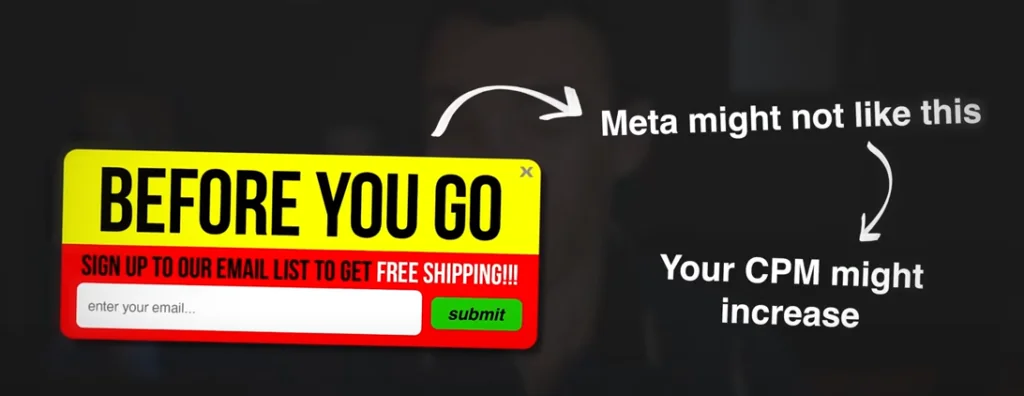
4. Unexpected or Misleading Content

Meta dislikes experiences where users click on an ad expecting one thing but find something completely different when they arrive on your landing page. For example, forcing users to click through multiple pages (listicles with a point on each page) or watch a video before accessing content can lead to higher ad costs.
Solution:
Make sure your landing page delivers exactly what your ad promises. Also, avoid adding unnecessary steps or creating friction between the user and the final destination. These are good business practice in general and can help lower your ad costs.
5. Misleading Experiences

If there’s a disconnect between the ad content and the landing page, or if users are surprised by hidden costs (e.g., unexpected shipping fees), Meta will penalize your ads. If you are a drop shipper and there is an unexpected shipping cost or unexpected shipping time this can cause problems and result in higher CPMs.
Solution:
Ensure transparency in your ads and landing page. Everything promised in the ad should be delivered on the landing page. This not only lowers your ad costs but also improves user satisfaction and is likely to improve your overall business as well.
Post-Click Behavior Signals That Meta Tracks
Meta not only looks at the content on your landing page but also tracks user behavior once they arrive there. Here are two key metrics Meta uses to gauge the quality of your post-click experience:
- Bounce Rate: If users are clicking your ad but leaving your landing page immediately, Meta will assume that the experience was unsatisfactory, and they are probably right.
- Solution:
Improve your landing page design and content to keep users engaged. Make sure they can easily find what they’re looking for. There are many resources and tools available to help you develop a high quality landing page that your users will love.
- Solution:
- Dwell Time: How long users stay on your landing page matters. Longer dwell times signal that users are finding value in the content you’ve provided and want to stick around.
- Solution:
Provide valuable, detailed information that keeps users on the page longer. This could be in the form of informative product descriptions, clear calls-to-action, or engaging visuals.
- Solution:
Cleaning up your landing page can reduce cost and increase profit.

I think a lot of Facebook advertisers are surprised to hear that Meta is analyzing the things they are, but the landing page experience is measured by Meta and is really important. In fact many times we’ve taken on new clients and gotten them to clean up a lot of this stuff and it’s made a really big difference in their CPMs and conversions.
Another Awesome Free Facebook Training Resource
There is nothing I like better than to see business owners increase their ROI with Facebook Ads. In order to help business owners succeed with Facebook ads I’ve created a FREE webinar training that you can register for here.
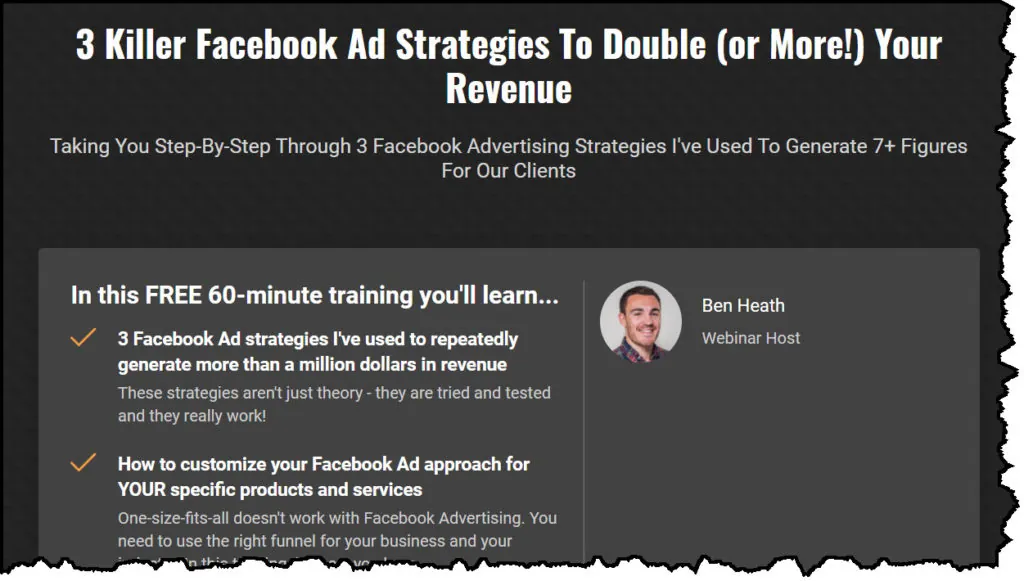
When you attend this webinar you’ll learn:
3 different Facebook ad strategies that we use every day. These strategies have generated millions of dollars in revenue and are tried and proven to work.
How to customize the Facebook ads strategy to your particular business. There is no such thing as a one size fits all approach to Facebook ads.
How Facebook and Instagram have changed and how to adjust your ad strategy to what works in 2024
Optimizing Your Facebook Ads
In addition to your landing page, Meta also analyzes the ads themselves. Here are three ad-related mistakes that can lead to higher costs:
1. Withholding Information

Clickbait-style ads that tease users into clicking without providing the full story will increase your ad costs. Meta discourages this type of engagement bait because it doesn’t lead to meaningful user experiences.
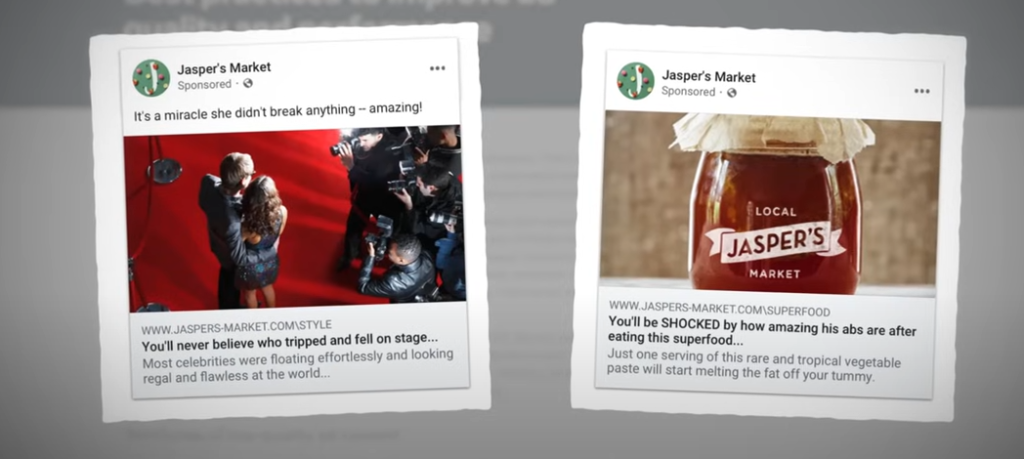
Solution:
Be upfront in your ad copy. Provide enough information for users to make an informed decision before they click.
2. Sensationalized Language

Exaggerating benefits or making unrealistic claims can hurt your ad performance. Over-the-top language reduces credibility and signals to Meta that your ad is not trustworthy.

Solution:
Keep your ad copy honest and realistic. Highlight the true benefits of your product or service without overhyping.
3. Engagement Bait

Asking users to comment, like, or share in order to enter a giveaway or contest is known as engagement bait, and Meta doesn’t like it. Instead of lowering your costs, it may lead to higher CPMs.
Solution:
Focus on creating ads that encourage organic engagement by providing value or promoting interesting content.
User Behavior Signals on Ads

Meta also tracks how users interact with your ads to determine quality. If many users choose to hide your ad or report it, Meta will assume that your ad isn’t resonating with the audience, leading to increased costs.
Solution:
Monitor your ad engagement metrics closely. If you notice a high number of negative interactions (e.g., hidden ads), adjust your targeting or ad content to better match user preferences.
Reduce Costs, Improve Results
By optimizing both your landing page and Facebook ads, you can significantly reduce your ad costs and improve overall performance. Focus on creating high-quality, transparent content and ensure that users have a smooth, enjoyable post-click experience. Following these steps will not only lower your CPMs but also lead to better conversion rates and a higher return on investment.
I’ve worked with many brands that have cleaned up their landing pages and ended up with much better results both in Meta and their overall business.



